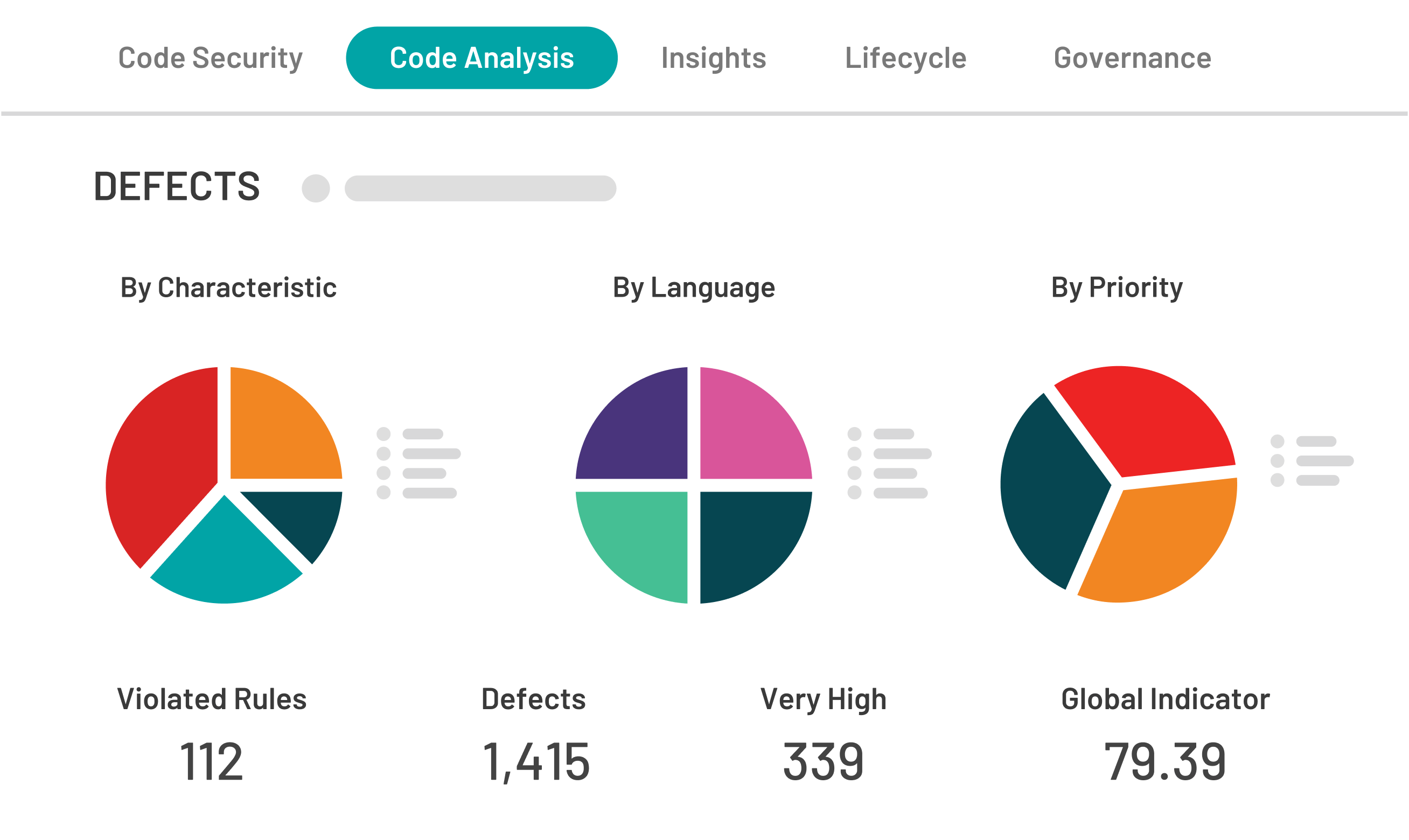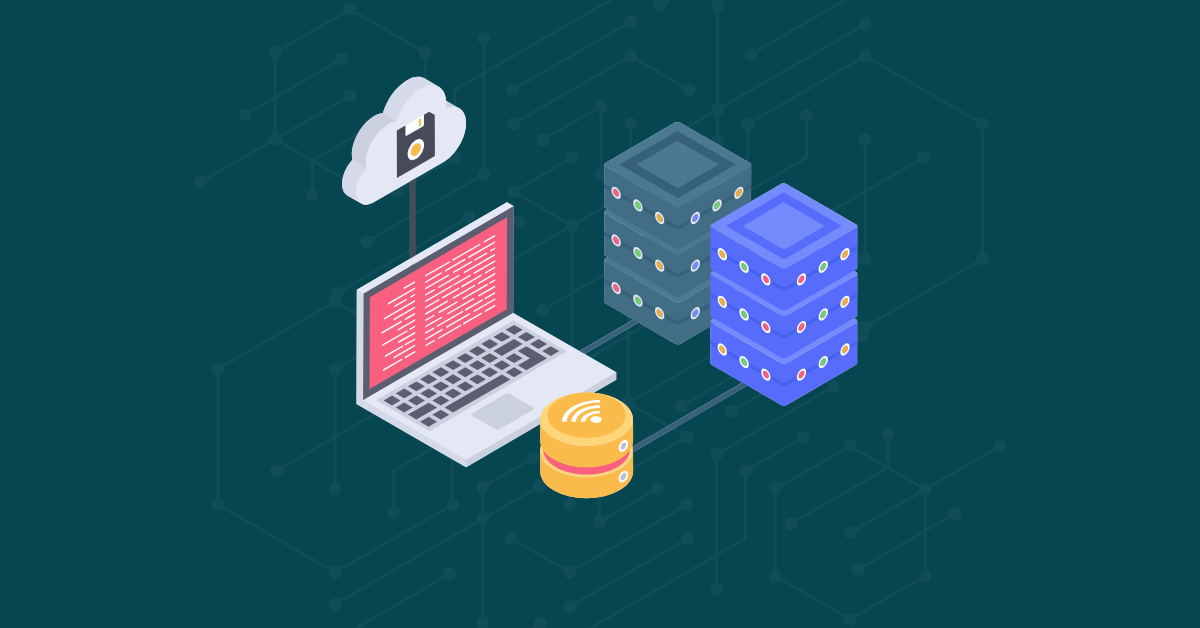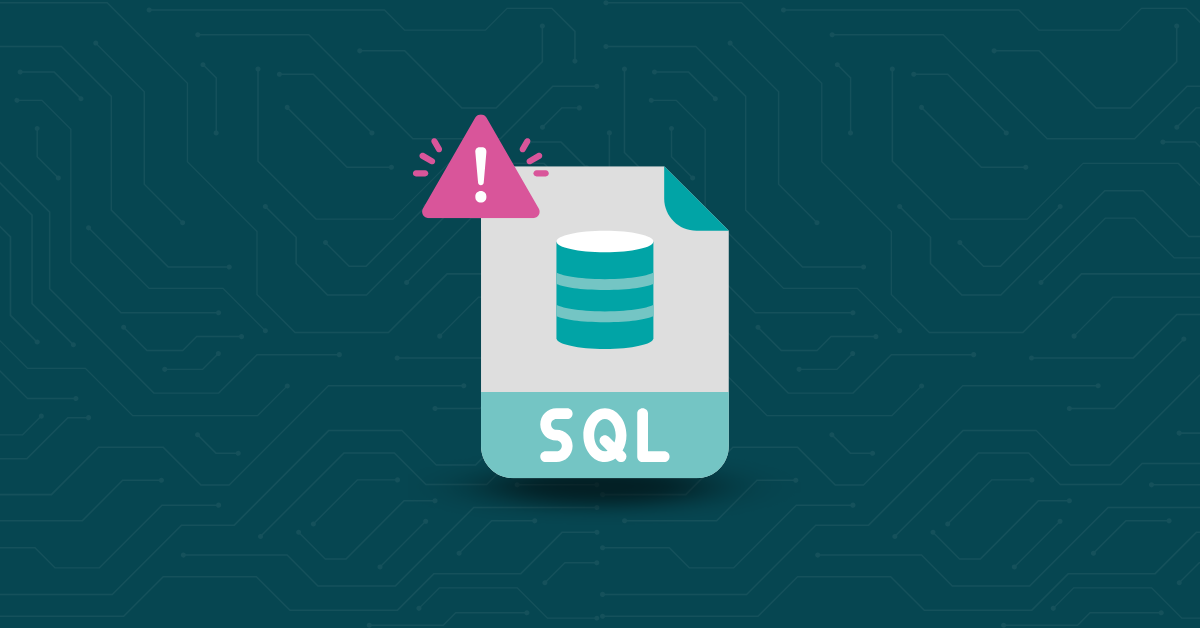

Improving the security of your application development lifecycle provides users with a better experience while preventing data breaches, and it starts with security testing. The last thing any company wants is to get that dreaded warning that someone’s hacked into customer records or other sensitive information. Hackers often exploit application weaknesses to gain access to your systems and data.
Your organization can help ensure this doesn’t happen by introducing security testing early within your software development lifecycle (SDLC). Platforms like Kiuwan make it easier for software engineers to take a “shift-left” approach to development, focusing on security at the start instead of waiting until the end.
Setting up a defined and standardized SDLC process makes integrating security easier for security teams. To help you close the gaps in your security posture, let’s look at some best practices for incorporating security into your product and application builds.
Malware and viruses are two weapons often employed by bad actors. They’re very effective in places where companies don’t have a standardized approach to building and releasing software. Developers frequently use the same SDLC pattern even if it consistently leads to issues in released products. That leads to wasted time and resources patching issues deep in the development cycle.
One of the benefits of a platform like Kiuwan is that it scans your codebase throughout development. Developers are informed about any coding errors or potential vulnerabilities as they write. The platform also manages open-source components and enforces coding guidelines. That way, coders can improve application security by immediately remediating defects that could lead to a potential data breach.
As technology and IDEs evolve, so do the techniques cyber attackers employ. Companies should start prioritizing cyber security when creating budgets for the new year. While it may not seem like a flashy selling point, application security can save companies a lot of money.
Imagine a developer using a popular third-party component to add new functionality to a business site. If they fail to configure it correctly, that may leave an opening for a hacker to access your business systems. If that happens, they could steal personally identifiable information (PII) from your customers.
Suddenly, your business faces the prospect of fending off lawsuits from angry consumers while dealing with fallout from regulatory organizations. Many companies go under because of circumstances like these.
Adopting security testing throughout the SDLC requires a lot of learning for everyone. Start by embracing software that helps support developers’ role in producing functional and secure products. Ensure new and current employees receive comprehensive training on secure coding practices, relevant security policies, and threat modeling. Make this training mandatory by requiring developers to complete updated courses every year. Incentivize software engineers to obtain security certifications like Certified Ethical Hacker (CEH) or Certified Secure Software Lifecycle Professional (CSSLP).
Having the right security tools in place helps with fostering a security-first culture. They also help foster collaboration between security, development, and operations teams to ensure security is always a priority in every SDLC phase. Look for platforms that provide access to the latest security tools, including:
Kiuwan is the tool trusted by developers worldwide to enforce a standardized SDLC security framework.
The platform centralizes all relevant security standards for your organization. For example, healthcare organizations get immediate warnings about any code that could result in a HIPAA violation. Other standards and regulations tracked include GDPR, NIST, and ISO/IEC 27001.
The solution lets developers incorporate static application security testing (SAST) and software composition analysis (SCA) from the start. Kiuwan’s internal code scanner ensures that organizations meet any industry-specific standards.
Teams can add their internal security policies to the platform. Developers can detect security violations using the Kiuwan Code Analyzer, which tells them the exact location of defects within coding files.


